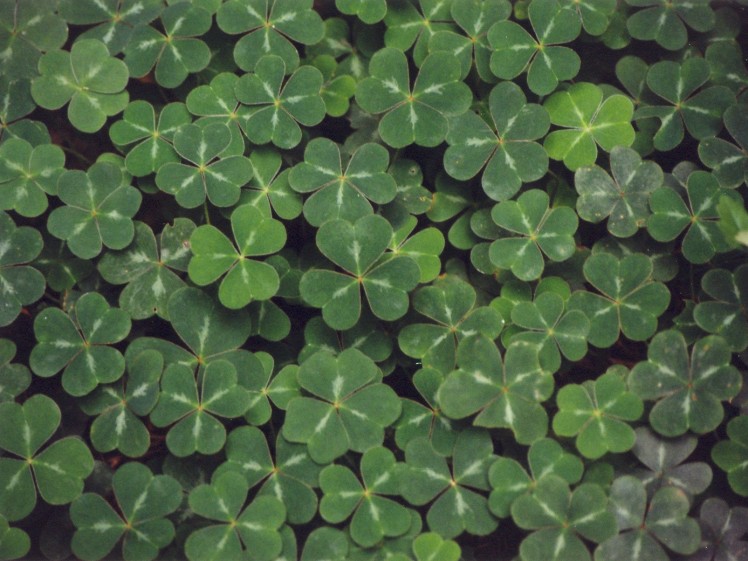A couple of years ago, I was privileged to meet an Irish Catholic nun named Sister Aidan, then a very sprightly octogenarian living in a community house in Waterfall Road. As we sat in the kitchen, another nun wandered in and began a conversation about Jung and the collective unconscious. I was entranced. Few people talk about in-depth psychology over a cup of tea. These sisters were so alive and so interested in all aspects of life, very different from the conventional view of nuns and straight-laced and life-denying. Sister Aidan was then on the verge of leaving Penang, her home for more than 50 years to return to Ireland, her birthplace. Many
Penang women who were educated at the Convent Light Street have reason to be grateful to Sister Aidan and her contemporaries. They provided not only an excellent education, but perhaps something even more valuable – the notion that your face is not your fortune, but your character is and that your inner worth is something that neither time nor circumstance can remove.
Ireland, often known as the Emerald Isle, and Penang, often known as the Pearl of the Orient, have long been friends. Since the earliest days of the colonial period, Irish men and women have been prominent in the development of Penang. As early as 1794, the East India Company appointed Irishman Christopher Smith as Botanist to Penang to establish the spice gardens on the Island. Sir Edmond Stanley, born in Dublin of Anglo-Irish descent, was an early judge in the Colony, taking office in 1808 as the First Recorder of the Supreme Court of Penang, and leaving in 1816 to become the Chief Justice of the Madras High Court. He is honoured by the Penang Bar to this day.
But it is perhaps in the field of education that the Penang/Irish connection has had its greatest impact. St Xavier’s Institution, founded in 1852, is possibly the oldest school in Malaysia, and its history is deeply intertwined with the de la Salle Brothers, many of whom were Irish Catholics. The Convent Light Street, founded in the 1850s by a group of Irish migrants, led by a woman named Jane Connolly who became known as Sister Gregory. Jane Connolly herself was a survivor of the Irish potato famine – the greatest natural disaster in Ireland’s history. There was mass starvation and many of the survivors emigrated to find better lives. The result is that seventy million people worldwide can claim Irish decent. Recently the Irish Government has appointed a minister to liaise with the Irish abroad and promote links.
As a consequence of the Irish diaspora, there are lively St Patrick’s Day parades in many cities all around the globe. St Patrick, of course, is considered to be the patron saint of Ireland. Apart from being a Christian missionary, he is credited with driving the snakes out of Ireland. To this day there are no native snakes in Ireland which may or may not be down to St Patrick. Ironically, it is thought that he wasn’t in fact Irish which perhaps underscores the fact that migrants can often play a large role in a country’s history. There is a vibrant Irish community in Penang, headed by the indomitable Maggie Territt (often known as just Maggie T), who organise the Penang Irish Association (PIA) Ball at the E&O Hotel. It’s arguably the best ball in Penang and always sold out months in advance. Last year, the PIA took the Penang/Ireland friendship to a new level with the creation of the first St Patrick’s Day parade in Malaysia with floats, bands, and a carnival atmosphere. Uplands School even created a giant snake in honour of the saint. Straits Quay, which was the venue, had probably never seen such a sea of green!
This year, the Festival will be repeated and there’s bound to be plenty of “craik” – the Irish word for fun. The PIA is publishing a book, Penang-Ireland Bridging Friendships, and the theme for the Festival will be Irish Myths, Legends, and Folklore. There shouldn’t any shortage of material. There are bound to be some leprechauns, a type of fairy in Irish folklore, usually taking the form of a bearded old man, clad in a green coat, who enjoys partaking in mischief. It was delightful to see some Chinese leprechauns at the PIA Ball last year. It sort made such a point that Penang and Ireland are really friends – friends who can borrow each other’s clothes and mythology.
Read This: 3 Ways to Escape Penang without Leaving the Island
Source: The Expat Magazine March 2015
"ExpatGo welcomes and encourages comments, input, and divergent opinions. However, we kindly request that you use suitable language in your comments, and refrain from any sort of personal attack, hate speech, or disparaging rhetoric. Comments not in line with this are subject to removal from the site. "





















